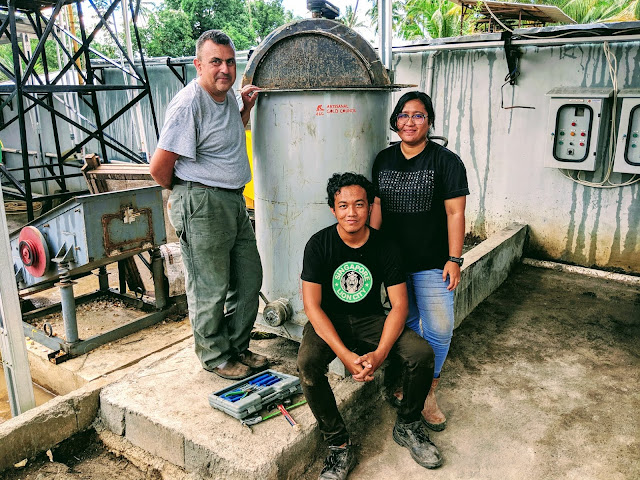National Endowments of Artisanal Gold - what can be done with them?
As the price of gold rises, what opportunities are there for countries with artisanal gold mining sectors?
Here I am not talking about the miners but rather the countries that are endowed with deposits of artisanal gold. This is an interesting topic in the new context of rising gold prices and the emerging Artisanal and Small Scale Gold Mining sector (ASGM). The potential role of ASGM gold in the monetary system and the geopolitics behind central bank reserves is worth a thought.
Most of the major central banks have been accumulating gold over the last decade, with some like Russia and China doing so aggressively. So how does the artisanal gold sector fit in?
It does somehow!
Artisanal gold represents US$20 billion per year of "reserve currency" (~500 tonnes) flowing out of 82 host countries. Its movements are not yet well tracked. If governments were able to collect a normal level of royalty (let alone corporate taxes) then they would have a "gold stream", which can help strengthen their national finances. Each could have a mini-Franco Nevada as part of government revenues. The beauty of professionalizing the artisanal gold sector is that it provides a government revenue that is currently absent, and this can be developed with little or negative cost to the governments (considering future profits). Can this be done easily? Well, the artisanal gold sector can easily double its productivity by mining better, and by increasing the level of gold recovery from the ore. In many cases currently, miners are recovering only 40 percent and always struggling with ore supply due to technical difficulties that are exacerbated by the on-again-off-again nature of cash-flow in the under-professionalized sector.
What would it mean for countries to vault and dedicate 2 percent of their artisanal gold production to building national gold reserves? That is about 10 tonnes of gold per year that can be added to national reserves without actually paying for the gold. In this light, it is a government revenue windfall. If these countries wanted to buy the other 98 percent of the gold at market rates, they could likely accumulate close to all of it. Where this 2 percent of the artisanal gold production would be vaulted would depend on many arrangements and guarantees and who can be trusted in times of strife – an educational opportunity.
Such a modality would certainly happen in conjunction with the elimination of mercury processing of gold ores, the world’s largest source of mercury pollution. A big part of the mechanism through which to bring the sector forward, is to use better, cleaner, and higher-recovery methods that provide greater incomes to miners. Governments globally have also come to learn and agree that eliminating this pollution source is the right thing to do.
What if ASGM countries were able to retain a good portion of the gold that is mined from their territories? Let’s say at the level of other national reserves – the US has 8000 tonnes, then Germany, IMF, Italy, France, Russia, China, Switzerland, Japan… Will that help the ASGM countries? It may protect them somewhat, if not a lot, from currency devaluations. It may also contribute to making their financial systems more sophisticated and building government capacity in the context of managing national gold reserves and a professional artisanal gold mining sector.
Kevin Telmer




Comments
Post a Comment
The Artisanal Gold Council is a registered non-profit organization that improves the environmental and economic sustainability of artisanal and small scale gold mining communities.